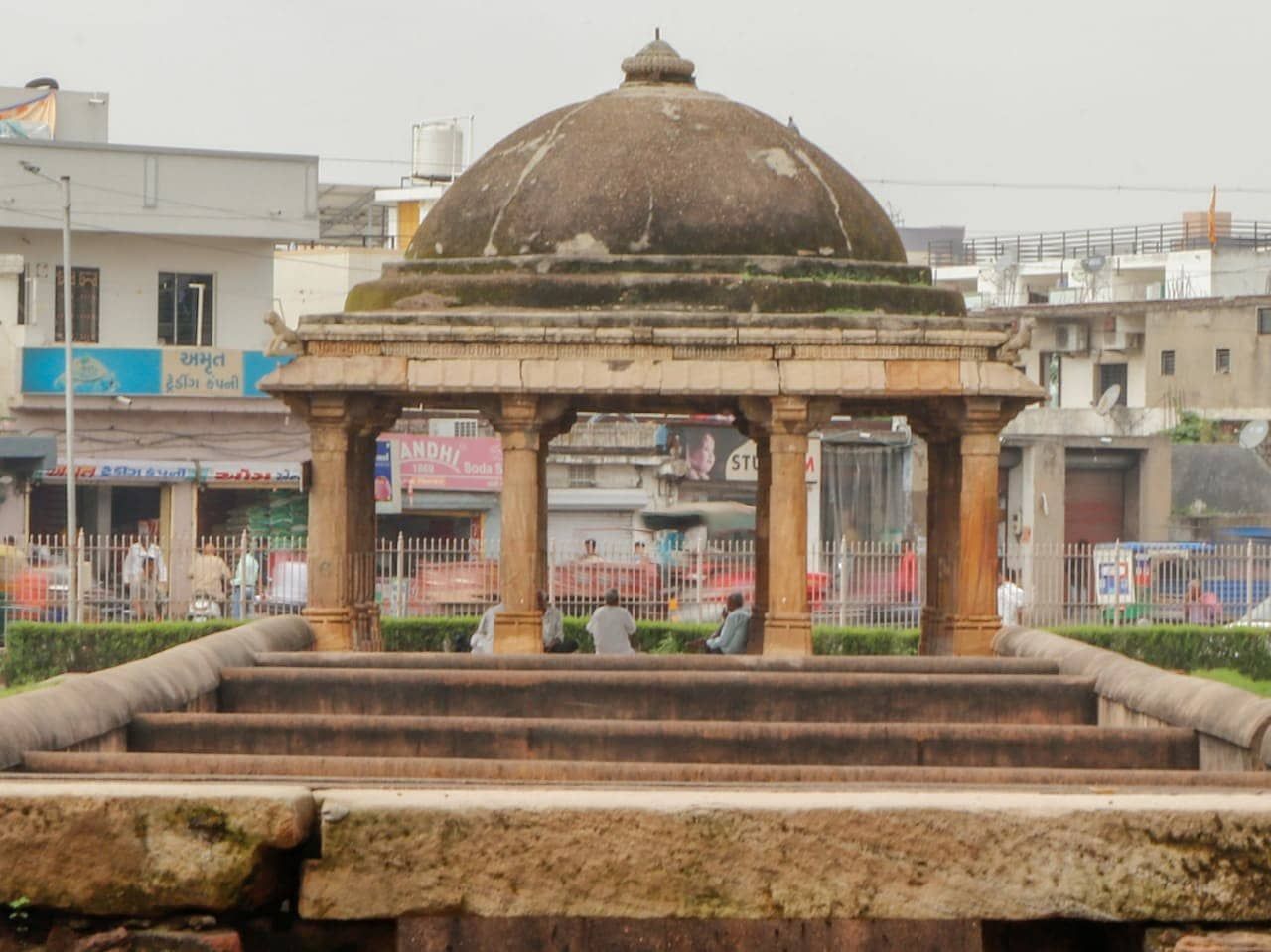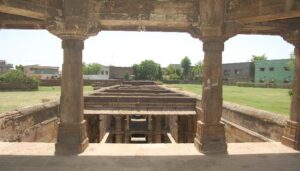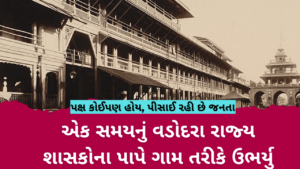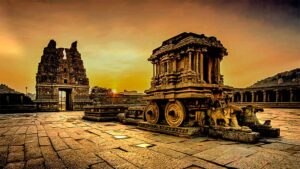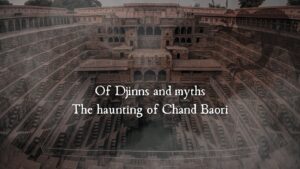–An Article by Poojan Patel
In the vibrant land of Gujarat, there exists a humble village, not in the heart of a bustling city but a few tranquil kilometers south of Ahmedabad. Here, where the sun casts long shadows on dusty pathways, a hidden treasure awaits, eager to share its untold tales.
Imagine stepping away from the vibrant streets, away from the chaos, and into a world where the past comes alive. Here, on the outskirts of Ahmedabad, we stumble upon an ancient secret—an enchanting stepwell.
Ahmedabad is a city that has consistently made its presence felt on the list of places with the most heritage sites. Whether it’s a stepwell, a temple, a mosque, a historical gate, or any other architectural wonder, Ahmedabad boasts them all. But today, we’re not going to delve into the heart of the city; instead, we’ll take a short journey just a few kilometers south of Ahmedabad to explore a small village that holds a hidden treasure of heritage sites.
Among its many treasures, one stands out—the stepwell. A form of artistic architecture that began during the Chalukya period, this stepwell is a testament to the intricate craftsmanship of a bygone era. Located outside the village and within private possession, it is known by a name derived from the man who constructed it nearly a century ago—Jethabhai Jivanlal Nagjibhai
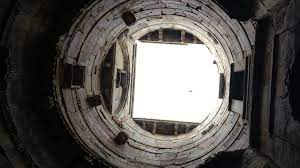 What makes this stepwell truly remarkable is the use of ancient ornamental parts in its construction. As you approach the site, you’ll be greeted by four pavilion towers of varying formations and an entrance pavilion on a raised platform. This structure showcases a Coralville system of roofing, reminiscent of the famed Adalaj Stepwell.
What makes this stepwell truly remarkable is the use of ancient ornamental parts in its construction. As you approach the site, you’ll be greeted by four pavilion towers of varying formations and an entrance pavilion on a raised platform. This structure showcases a Coralville system of roofing, reminiscent of the famed Adalaj Stepwell.
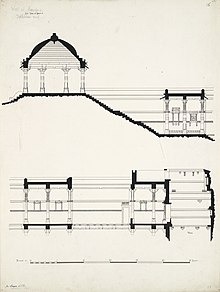 The first, second, and third pavilions feature three and four rows of pillars and pilasters, while the fourth pavilion, situated adjacent to the well, is connected by a narrow neck and comprises two rows of pillars. The lower story of this fourth pavilion is accessible via a spiral staircase on the southern side and a staircase on the northern side. The pillars in the first story of each pavilion are elongated and made of blue sandstone. The upper ones, undoubtedly an older addition, are divided by projecting corbels. The lower-story pillars, although of the usual Misurata type, are adorned with two projecting round moldings at the base.
The first, second, and third pavilions feature three and four rows of pillars and pilasters, while the fourth pavilion, situated adjacent to the well, is connected by a narrow neck and comprises two rows of pillars. The lower story of this fourth pavilion is accessible via a spiral staircase on the southern side and a staircase on the northern side. The pillars in the first story of each pavilion are elongated and made of blue sandstone. The upper ones, undoubtedly an older addition, are divided by projecting corbels. The lower-story pillars, although of the usual Misurata type, are adorned with two projecting round moldings at the base.
One of the most fascinating aspects of this stepwell is the sculptures adorning its niches and pyramids. Some of these sculptures predate the stepwell itself and depict deities like Bhairava, Hanuman, Ganesha, and a seated four-armed goddess, Laxmi. An intriguing addition is a full brown flour with wasps hanging down from a chain, a feature also found in the Dada Harir Stepwell.
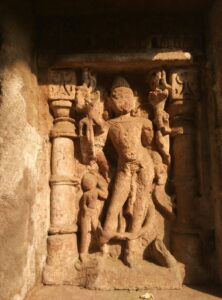 These stepwells, with their cultural and religious significance, were not only architectural marvels but also bore witness to the availability of water during different periods of history. These structures have proven their resilience, withstanding earthquakes and the test of time.
These stepwells, with their cultural and religious significance, were not only architectural marvels but also bore witness to the availability of water during different periods of history. These structures have proven their resilience, withstanding earthquakes and the test of time.
But beyond the historical and architectural significance, there’s something more profound to consider—the emotional connection that people share with these step-wells. They have witnessed countless footsteps and heard the voices of people from different walks of life. From women carrying earthen pots early in the morning to the myriad of emotions that have been shared within these walls, these step-wells hold the memories and stories of generations.
As we reflect on the transformation of these sites over the years, we must ask ourselves why these historical treasures are losing their significance. Why have they become neglected, their carvings distorted? Even foreigners recognize and respect their historical value. It’s time for us to rekindle our interest in our heritage and take pride in these cultural legacies that have been handed down to us through the ages.
In conclusion, as we look to the future, it’s essential that we pass on the torch of heritage preservation to the coming generations. We must encourage them to explore the insights of our golden past, understand the importance of cultural heritage, and respect the legacy of these architectural wonders. Our nation’s strength, like that of a tree, is measured by its roots. Let us nurture and protect the roots of our heritage, ensuring that they continue to flourish and inspire generations to come.

